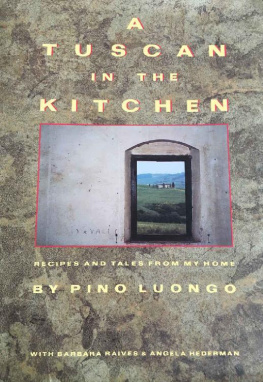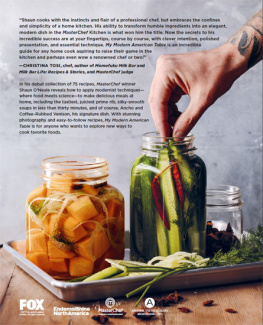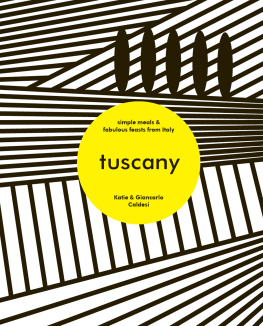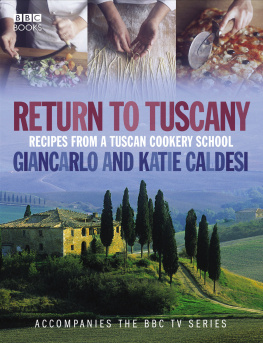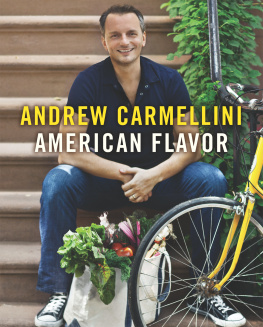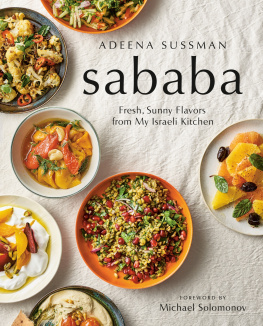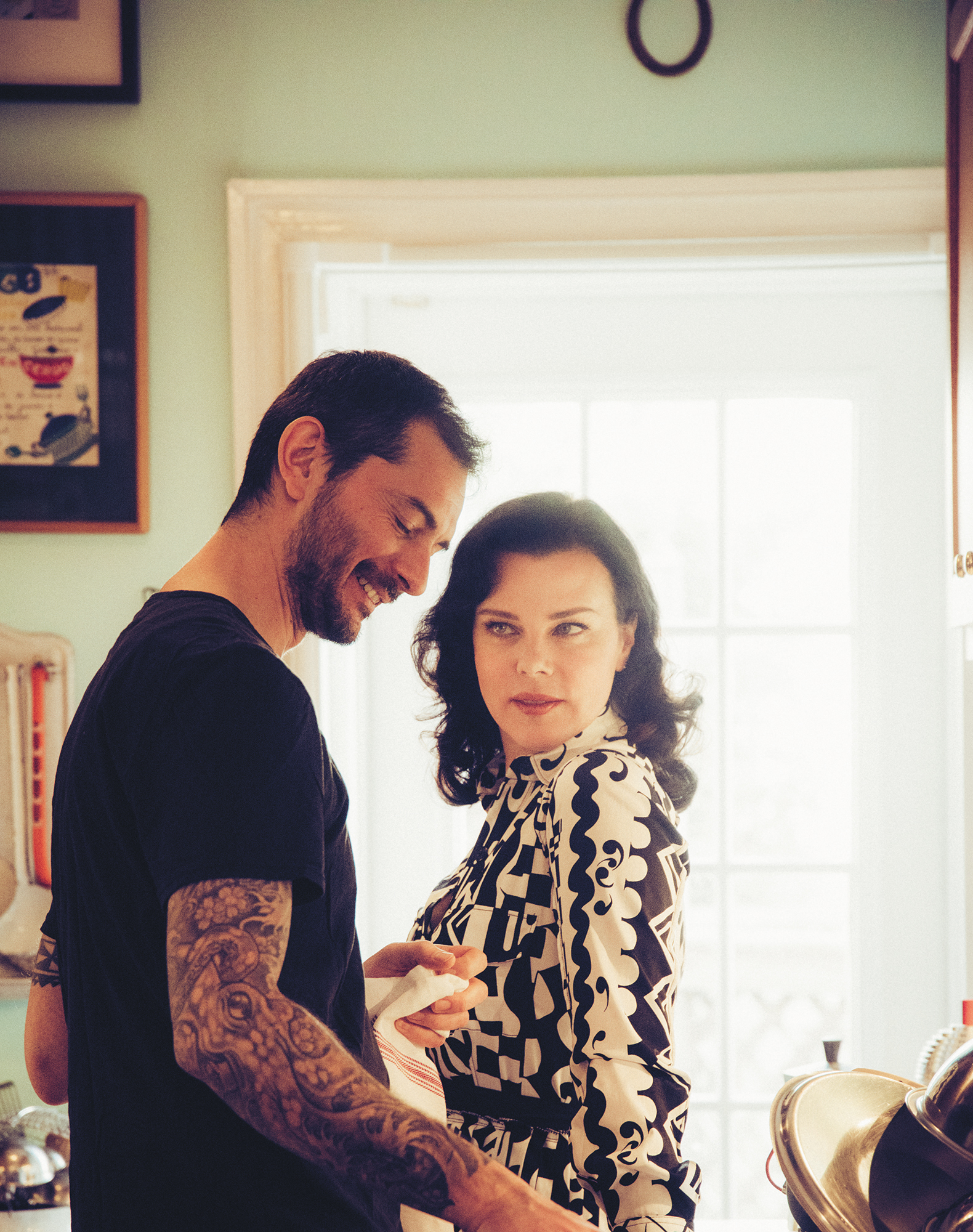Thank you for downloading this Simon & Schuster ebook.
Get a FREE ebook when you join our mailing list. Plus, get updates on new releases, deals, recommended reads, and more from Simon & Schuster. Click below to sign up and see terms and conditions.
CLICK HERE TO SIGN UP
Already a subscriber? Provide your email again so we can register this ebook and send you more of what you like to read. You will continue to receive exclusive offers in your inbox.
We hope you enjoyed reading this Simon & Schuster ebook.
Get a FREE ebook when you join our mailing list. Plus, get updates on new releases, deals, recommended reads, and more from Simon & Schuster. Click below to sign up and see terms and conditions.
CLICK HERE TO SIGN UP
Already a subscriber? Provide your email again so we can register this ebook and send you more of what you like to read. You will continue to receive exclusive offers in your inbox.

Touchstone
An Imprint of Simon & Schuster, Inc.
1230 Avenue of the Americas
New York, NY 10020
www.SimonandSchuster.com
Text copyright 2017 by Debi Mazar and Gabriele Corcos
Photographs copyright 2017 by Eric Wolfinger
All rights reserved, including the right to reproduce this book or portions thereof in any form whatsoever. For information, address Touchstone Subsidiary Rights Department, 1230 Avenue of the Americas, New York, NY 10020.
First Touchstone hardcover edition October 2017
TOUCHSTONE and colophon are registered trademarks of Simon & Schuster, Inc.
For information about special discounts for bulk purchases, please contact Simon & Schuster Special Sales at 1-866-506-1949 or .
The Simon & Schuster Speakers Bureau can bring authors to your live event. For more information or to book an event contact the Simon & Schuster Speakers Bureau at 1-866-248-3049 or visit our website at www.simonspeakers.com.
Design by Erich Hobbing
All photos by Eric Wolfinger
Cover design by Anna Laytham
Cover photographs by Eric Wolfinger
Library of Congress Cataloging-in-Publication Data
Names: Corcos, Gabriele, author. | Mazar, Debi, author. | Rodgers, Rick Title: Super Tuscan : heritage recipes and simple pleasures from our kitchen to your table/ by Gabriele Corcos and Debi Mazar ; with Rick Rodgers. Description: New York : Touchstone, 2017. | Description based on print version record and CIP data provided by publisher; resource not viewed. Identifiers: LCCN 2017007208 (print) | LCCN 2017028605 (ebook) Subjects: LCSH: Cooking, ItalianTuscan style. | Cooking, American. | BISAC: COOKING / Regional & Ethnic / Mediterranean. | COOKING / Entertaining. | LCGFT: Cookbooks. Classification: LCC TX723.2.T86 (ebook) | LCC TX723.2.T86 C686 2017 (print) |DDC 641.5945dc23 LC record available at https://lccn.loc.gov/2017007208
ISBN 978-1-5011-4359-5
ISBN 978-1-5011-4361-8 (ebook)
To the ones that grow and harvest
To the ones that hunt and fish
To the ones that cook and feed
To the ones that eat and celebrate
CONTENTS

INTRODUCTION

Anyone who has seen us cooking together knows that we have a couple of concurrent love affairs running. The first passionate relationship we are speaking of is with each other, and by extension, with our family. And our other serious romance is with Tuscany, the incredibly beautiful region in Italy where Gabriele was born and where we first met in a love-at-first-sight experience right out of the movies. (Our first date was in the Piazza Santo Spirito in Florence, a tough act to follow.) Crusty, unsalted bread; verdant green extra-virgin olive oil; elegant and forthright Chianti; pasta sauce made with wild boar; the poetry of Dante and the art of Michelangelo... if it is Tuscan, we love it.
GABRIELE: I was raised on a farm in Fiesole, in the hills overlooking Florence where practically every piece of real estate comes with its own stand of olive trees and a vineyard. To a Tuscan, making your own oil and wine is not just a romantic notion, it is a way of life. Cooking and eating with the seasons, heirloom recipes, careful sourcing of food (as well as growing or raising your own), and attention to healthful eating are not new notions to a Tuscan. Nine times out of ten, a Tuscan knows exactly where his or her food comes from, including where the mushrooms were foraged or the name of the chicken that laid the eggs. Once you grow up on a farm, it is difficult to shake off the knowledge of how food gets on your plate.
Debi has lived all over New York, and weve lived together in Los Angeles. We now make our life in a little corner of Brooklyn called Windsor Terrace. It is a diverse, thriving community tucked between the southern edge of Park Slope and the famous Green-Wood Cemetery, final resting place of many well-known New Yorkers.
DEBI: We returned to New York so our daughters, Evelina and Giulia, can see where Mom (thats me) came from and to give them the experience of living in a city that personifies urban living with all its challenges and perks. We have come to realize that no matter where we settle, we always bring the Tuscan way of life, its traditions, and its cooking into our day-to-day existence as much as possible. We may not have olive trees in the backyard, but we cook and eat in the Tuscan manner. Whether we have a picnic under a maple in Prospect Park or an oak in Italy, it is still a tree and we are still dining together. And we basically make the same meal in both countries!
GABRIELE: But what is super Tuscan, anyway? A couple of decades ago, Tuscan winemakers adopted the term super Tuscan to describe a new kind of wine. Chianti was, and is, made according to very strict rules within clearly defined geographical boundaries and with specific grapes, especially the classic Sangiovese. Some winemakers were making wonderful wine in neighboring regions with different, but equally good, grape varieties (Cabernet Sauvignon and merlot are examples). Some wineries began mixing Sangiovese with these grapes, and creating great wines, but they didnt conform to the time-honored Chianti standards. So, the term super Tuscan was bornexcellent wine with Chiantis soul, although of mixed heritage.
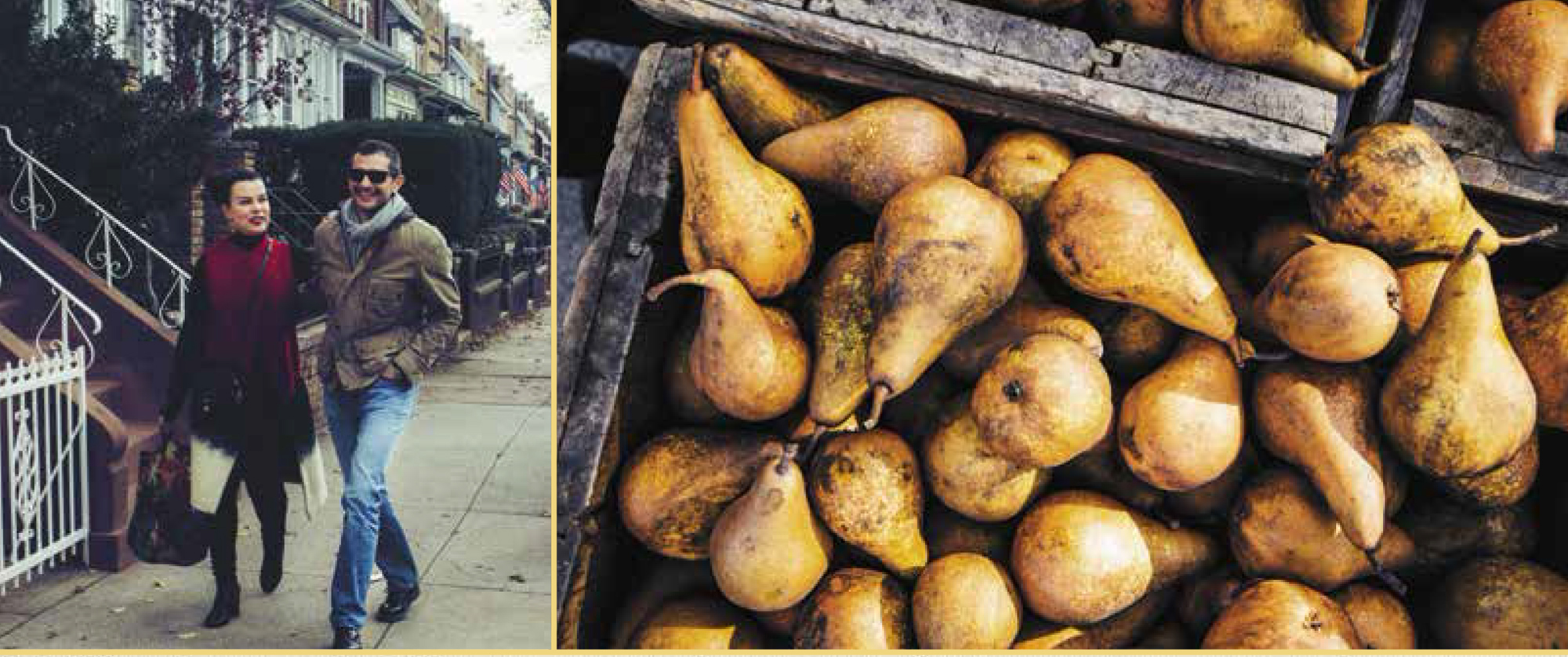
DEBI: It occurred to us that we cook in a super-Tuscan style too. Gabrieles development as an Italian cook really took off when we lived in Los Angeles. He developed basic cooking skills growing up, helping his mom in the kitchen, acting as sous chef and server at her dinner parties to make some extra cash. These skills really came into play as a stay-at-home dad, making meals for the entire family while I was working in front of the camera. Drawing on his trove of family recipes, he developed his own style of cooking, which was mostly Italian with a slight Californian accent. For example, he embraced Mexican cooking, which, like Italian, has many herbal and spicy flavors and doesnt rely on butter.
Next page

